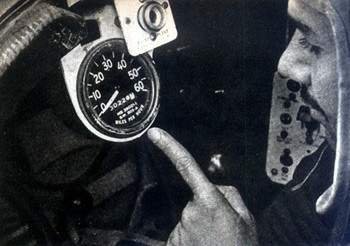when moscow launched its massive state armament programme (sap), covering the period 2011-20, a big question mark was raised over whether its military industries were good enough to meet the new demands.
The answer appears to be divided – especially when it comes to building tanks.
Emphasis in the 23 trillion rubles (us$741 million) programme was placed on upgrading the nuclear deterrent and the air force.
New ballistic missiles and a new generation of borei class ballistic missile submarines will be built. Around 1,000 helicopters and 600 new aircraft - including the sukhoi pak-fa fifth generation fighter, with stealth capability – are promised.
However, the sap also calls for a substantial upgrading of ground forces, including the delivery of some 2,300 tanks. This is where the question of technological standards becomes important.
Plans for a fourth generation main battle tank, the t-95, had been in the works since 2000, but when the sap was launched, the military cancelled that project.
Orders were instead placed for continued deliveries of the t-90 tank, an upgrade of the classic t-72, which does not have a distinguished service record. It was overwhelmed by american abrams tanks in the iraq war.
In summer 2011, defence minister anatoly serdyukov announced a five-year moratorium on state orders for the t-90.
And in november 2011, general nikolai makarov, the chief of general staff, publicly called the t-90 ‘out of date’, claiming that its gun had barely half the range of the comparable israeli merkava mk4.
Following the subsequent dismissal, in november 2012, of both mr serdyukov and general makarov, the airing of open criticism of russian weapons has ceased.
But the core question remains the one asked by a western industry analyst writing about the problems of russian auto production: ’if the country can make really good tanks, why can’t they make quite a competitive car?’
perhaps the answer is that russian manufacturers no longer make very good tanks, either.
In the cases of civilian aviation and car making, the solution has been to engage in cooperation with western companies.
But that is surely not going to happen with russian tanks.
Prototype testing of a new, lighter t-99 ‘armata’ tank will begin in 2013. Meanwhile, the russian ground forces will have to make do with what they are given - upgraded versions of an outdated design.
Just how well the t-90 would perform in combat against western-made rivals will hopefully never be known. But the brief period of public controversy did highlight important shortcomings of the russian defence industry, ranging from inflated prices and poor quality to high-level political protection.
That protection has now been restored – which does not bode well for future quality.


